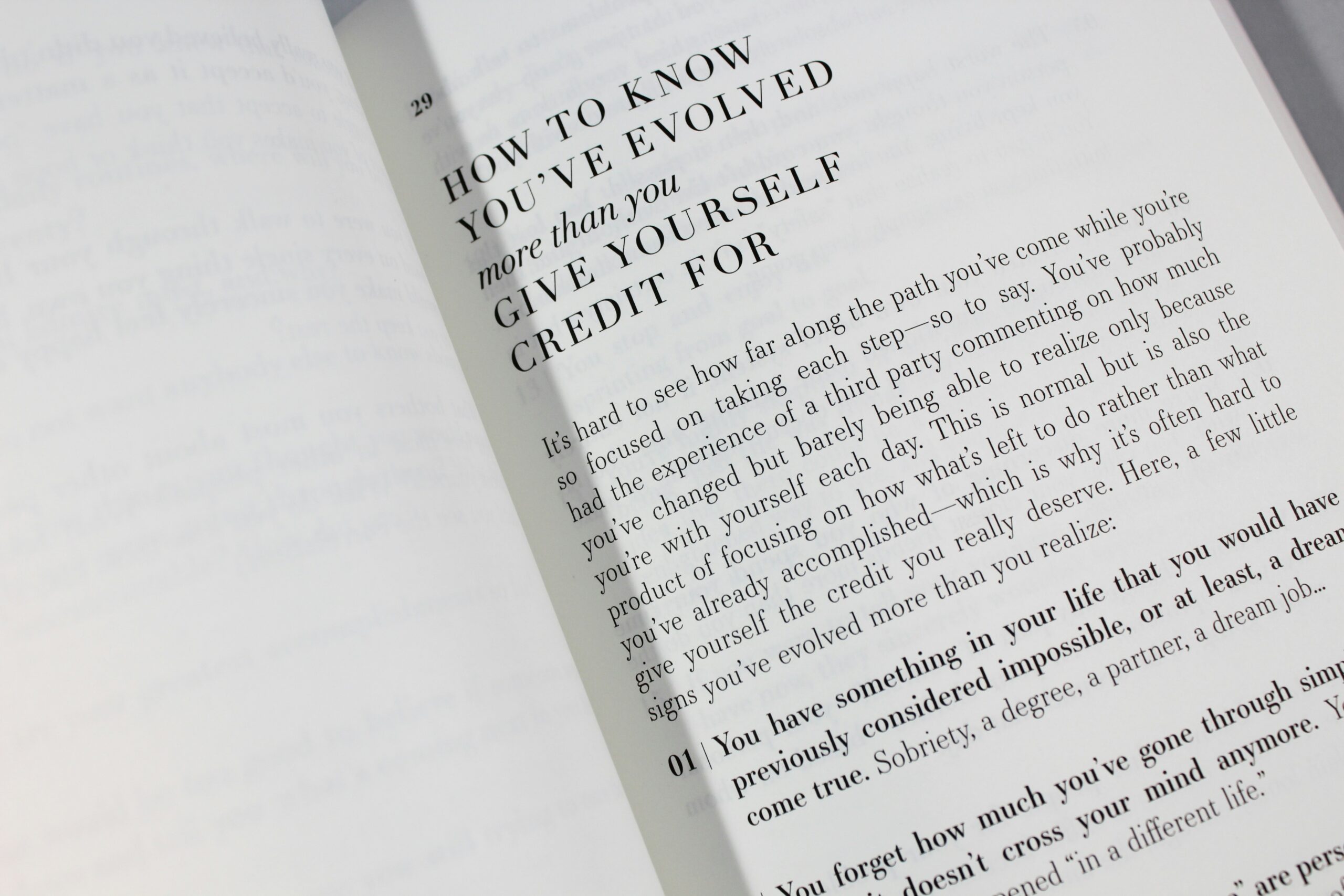Introduction to Language and Meaning
The philosophy of language and meaning occupies a fundamental place in the broader spectrum of philosophical inquiry. Understanding language is not merely an academic exercise but a critical endeavor that shapes our perception of reality and facilitates communication. Language is the medium through which thoughts are expressed, ideas are exchanged, and knowledge is disseminated. It forms the bedrock of human interaction and social cohesion.
Historically, the inquiry into language and meaning has been pivotal. Philosophers such as Ludwig Wittgenstein, Bertrand Russell, and the members of the Vienna Circle have significantly contributed to this field. Their explorations have provided deep insights into how language functions and how it relates to the world. These philosophical inquiries have raised essential questions: How do words acquire meaning? What is the relationship between language and thought? How does language influence our understanding of reality?
The Vienna Circle, an influential group of philosophers and scientists, emphasized the logical analysis of language. They argued that many philosophical problems arise from misunderstandings of language. By clarifying the language used in philosophical discourse, they believed that these problems could be resolved or dissolved. This approach underscored the significance of linguistic clarity and logical precision in philosophical analysis.
Bertrand Russell, on the other hand, focused on the relationship between language and the world. His theory of descriptions aimed to solve problems related to reference and meaning in language. Russell’s work highlighted the importance of understanding how language represents reality and how it can sometimes be misleading.
In essence, the study of language and meaning is crucial for addressing fundamental philosophical questions. It helps in unraveling the complexities of human thought and communication. By examining how language shapes our perception of reality, philosophers can provide valuable insights into the nature of knowledge and understanding.
The Vienna Circle: An Overview
The Vienna Circle was a pivotal group of philosophers and scientists in the early 20th century, whose work profoundly influenced the philosophy of language and meaning. Emerging in the intellectually vibrant city of Vienna during the 1920s and 1930s, the Circle comprised key figures such as Moritz Schlick, Rudolf Carnap, and Otto Neurath. These thinkers were united by their commitment to a scientific worldview and their rigorous approach to philosophical inquiry.
Historically, the Vienna Circle was formed against the backdrop of a post-World War I Europe, marked by rapid advancements in science and a burgeoning interest in logical analysis. The group sought to eliminate metaphysical speculation from philosophy, advocating instead for a method grounded in empirical science and logical analysis. This objective led to the development of logical positivism, a philosophical movement that emphasized the verifiability of statements as the criterion for meaningfulness.
Logical positivism, a cornerstone of the Vienna Circle’s philosophy, posited that for a statement to be meaningful, it must be either analytically true (true by definition) or empirically verifiable (testable through observation or experiment). This verification principle was revolutionary, as it aimed to demarcate science from non-science, effectively dismissing metaphysical and theological assertions as nonsensical. The Circle’s focus on the logical structure of language and the elimination of ambiguity was instrumental in shaping contemporary analytic philosophy.
The Vienna Circle’s influence extended beyond philosophy, impacting various scientific domains and fostering interdisciplinary collaboration. Their rigorous approach to language and meaning laid the groundwork for subsequent developments in the philosophy of science, linguistics, and artificial intelligence. The legacy of the Vienna Circle remains significant, as their emphasis on clarity, precision, and empirical verification continues to resonate in modern philosophical discourse.
Philosophy of Language by the Vienna Circle
The Vienna Circle, a group of early 20th-century philosophers and scientists, significantly contributed to the philosophy of language. Central to their work was the notion that language is a tool for representing reality, and they sought to clarify the relationship between linguistic expressions and the world they depict. Their approach, deeply rooted in logical positivism, emphasized that meaningful statements are either empirically verifiable or analytically true. This perspective led to the dismissal of metaphysical and ethical claims as nonsensical, as they could not be empirically tested or logically substantiated.
One of the Vienna Circle’s key contributions was the development of logical analysis as a method for understanding and evaluating language. They argued that by breaking down complex propositions into their simplest components, one could better understand their meaning and the logical relationships between them. This method drew heavily on the work of Ludwig Wittgenstein, especially his early text, “Tractatus Logico-Philosophicus,” which proposed that the structure of language mirrors the structure of reality.
The Vienna Circle’s ideas significantly influenced subsequent philosophical thought, particularly in the realm of analytic philosophy. Their insistence on clarity, precision, and the use of formal logic became hallmarks of the analytic tradition. Moreover, their focus on the verification principle prompted further debates and developments in the philosophy of science and epistemology, influencing figures like Karl Popper and A.J. Ayer.
In summary, the Vienna Circle’s work laid the groundwork for a more rigorous and scientifically oriented approach to language and meaning. By advocating for logical analysis and the verification principle, they endeavored to eliminate ambiguities and nonsensical statements from philosophical discourse, thus fostering a clearer understanding of the relationship between language and reality. Their legacy persists in contemporary discussions on the nature of language and its role in shaping human knowledge.
Russell’s Atomic Propositions
Bertrand Russell’s theory of atomic propositions is a cornerstone in the realm of analytical philosophy. According to Russell, atomic propositions are the simplest, indivisible units of meaning that describe the world’s fundamental facts. Each atomic proposition corresponds to a basic fact about the world, which cannot be broken down into simpler components without losing its essence. For example, the proposition “The cat is on the mat” is considered atomic because it directly states a fact without any further simplification.
Russell posited that atomic propositions serve as the building blocks for more complex propositions. By combining atomic propositions, one can construct molecular propositions, which describe more intricate states of affairs. This hierarchical structure allows for a systematic approach to understanding and analyzing language and meaning. In essence, atomic propositions provide the foundation upon which logical analysis is built, enabling philosophers to dissect and scrutinize the truth conditions of statements with precision.
The significance of atomic propositions extends beyond mere linguistic analysis. Russell’s theory aimed to bring clarity and rigor to philosophical discourse, addressing the ambiguities and confusions that often plague philosophical debates. By reducing complex statements to their atomic components, philosophers can more easily identify logical relationships and inconsistencies. This method aligns with the Vienna Circle’s emphasis on logical positivism, which advocates for the use of formal logic and empirical verification in philosophical inquiry.
Furthermore, Russell’s focus on atomic propositions underscores his commitment to logical atomism, a philosophical viewpoint that asserts that the world consists of discrete, independent facts. This perspective contrasts sharply with holistic approaches that view the world as an interconnected web of relations. By advocating for logical atomism, Russell sought to provide a clear and precise framework for understanding the structure of reality and the language we use to describe it.
Knowledge by Description and Knowledge by Acquaintance
Bertrand Russell, a pivotal figure in analytic philosophy, made a significant contribution to epistemology with his distinction between knowledge by description and knowledge by acquaintance. This distinction is foundational in understanding the nature and limits of human knowledge. Knowledge by acquaintance refers to direct, immediate knowledge of objects or experiences. For instance, when one perceives a color or feels pain, they are directly acquainted with that sensation. This form of knowledge does not rely on any intermediary or descriptive information.
On the other hand, knowledge by description involves knowing something indirectly through descriptions or propositions. For example, if someone knows about the city of Paris through reading about it or hearing descriptions, rather than having been there, they possess knowledge by description. In this case, the knowledge is mediated by language and representations, rather than direct experience.
The implications of this distinction are profound for epistemology, the study of knowledge. Knowledge by acquaintance provides a foundational layer of certainty because it is based on direct experience. This form of knowledge is often considered more immediate and indubitable. Conversely, knowledge by description is more susceptible to error, as it relies on the accuracy and completeness of the information provided through descriptions. This distinction highlights the potential limitations of human knowledge, emphasizing that while direct acquaintance offers more certainty, much of what we know about the world is mediated through descriptive knowledge.
Moreover, Russell’s distinction aids in understanding the scope of human knowledge. It underscores the idea that even though we may not have direct acquaintance with many aspects of the world, we can still acquire significant knowledge about them through descriptions. This interplay between direct and indirect knowledge is crucial in the broader context of epistemology, shedding light on how we construct our understanding of the world and the inherent limitations we face.
Interconnections Between the Vienna Circle and Russell’s Theories
The philosophical landscape of the early 20th century was significantly shaped by the intellectual exchanges between the Vienna Circle and Bertrand Russell. Both the Vienna Circle, a group of like-minded philosophers and scientists advocating for logical positivism, and Russell, a pioneering figure in analytic philosophy, sought to establish a foundation for philosophy grounded in logic and empirical science. While their methodologies and emphases varied, their shared commitment to logical clarity and precision created a fertile ground for mutual influence and development.
Bertrand Russell’s work on logic and the philosophy of language, particularly his theory of descriptions and logical atomism, laid important groundwork for the Vienna Circle’s efforts. Russell’s belief in the necessity of a logically structured language to represent reality accurately resonated with the Circle’s ambition to develop a scientific language devoid of metaphysical and ambiguous terms. His emphasis on the logical analysis of language to solve philosophical problems was mirrored in the Vienna Circle’s own agenda, manifesting in works such as Rudolf Carnap’s “The Logical Syntax of Language.”
Conversely, the Vienna Circle’s rigorous approach to empiricism and their verification principle influenced Russell’s later work. The verification principle, which asserts that a statement is meaningful only if it can be empirically verified, dovetailed with Russell’s evolving views on the relationship between language, meaning, and knowledge. This principle underscored the Circle’s commitment to empirical science as the sole arbiter of meaningful discourse, a stance that Russell came to appreciate more deeply over time.
However, key differences persisted between the two. Russell’s broader epistemological concerns, including his interest in the nature of mathematical and logical truths, often diverged from the Vienna Circle’s narrower focus on linguistic analysis and empirical verification. Moreover, while Russell maintained a certain level of engagement with traditional philosophical problems, the Vienna Circle was more radical in their rejection of metaphysics, often viewing it as nonsensical.
Despite these differences, the interconnections between the Vienna Circle and Russell’s theories were profound. Both philosophies advanced the project of achieving logical clarity and precision, fundamentally shaping the discourse on language, meaning, and knowledge. Their mutual influences and distinct perspectives continue to inform contemporary philosophical inquiry, underscoring the enduring legacy of their intellectual partnership.
Criticisms and Debates
The philosophies of the Vienna Circle and Bertrand Russell have significantly influenced the landscape of 20th-century thought, sparking a multitude of criticisms and debates. One of the primary criticisms directed at the Vienna Circle, also known as Logical Positivism, stems from its strict verification principle. This principle asserts that a statement is meaningful only if it can be empirically verified or is tautological. Critics argue that this criterion is overly restrictive, excluding a vast array of meaningful statements, particularly those in ethics, metaphysics, and aesthetics. For instance, philosopher Karl Popper challenged the verification principle by proposing falsifiability as a more viable criterion for scientific theories, thus broadening the scope of what could be considered meaningful.
Bertrand Russell’s theories, particularly his theory of descriptions and logical atomism, have also faced considerable scrutiny. Ludwig Wittgenstein, a former disciple of Russell, later diverged from his mentor’s views. Wittgenstein’s later work, especially in “Philosophical Investigations,” argues that the meaning of words is rooted in their usage within specific language games, contrasting sharply with Russell’s more rigid logical structures. This shift underscored the dynamic and context-dependent nature of language, challenging Russell’s more static and formalistic approach.
Moreover, the debate extended to the epistemological realm, where figures like W.V.O. Quine and Thomas Kuhn brought forward substantial critiques. Quine’s holistic view in “Two Dogmas of Empiricism” questioned the analytic-synthetic distinction upheld by the Vienna Circle and Russell, suggesting that our knowledge is a web of interconnected beliefs rather than isolated statements. Kuhn’s paradigm shift theory in “The Structure of Scientific Revolutions” further complicated the positivist view by illustrating how scientific progress is not a linear accumulation of knowledge but a series of revolutionary changes in worldview.
These criticisms have not only shaped modern philosophical discussions but have also led to the emergence of new philosophical movements such as Post-Structuralism and Pragmatism. By questioning the foundations laid by the Vienna Circle and Russell, contemporary philosophers have opened up new avenues for understanding the intricate relationships between language, meaning, and knowledge.
Conclusion and Contemporary Relevance
In examining the philosophies of the Vienna Circle and Bertrand Russell, we uncover significant contributions to the fields of language, meaning, and knowledge. The Vienna Circle, with its commitment to logical positivism, emphasized the importance of empirical verification and logical analysis in the construction of meaningful statements. This approach has indelibly shaped the philosophy of science, fostering rigorous standards for what constitutes valid knowledge.
Bertrand Russell’s work, particularly his theory of descriptions and logical atomism, further advanced the understanding of the relationship between language and the world. By dissecting how language functions to represent reality, Russell provided a framework that has informed subsequent philosophical inquiries into semantics and epistemology. His insistence on clarity and precision in philosophical discourse continues to resonate, ensuring that discussions about meaning and knowledge are grounded in logical rigor.
Contemporary philosophy still grapples with the themes introduced by the Vienna Circle and Russell. The ongoing debates in analytic philosophy, particularly those concerning the nature of scientific explanation, the structure of language, and the foundation of knowledge, draw heavily on their pioneering work. The Vienna Circle’s legacy can be seen in the contemporary emphasis on the intersection of philosophy and empirical science, while Russell’s influence permeates modern analytic philosophy’s focus on language and logic.
Moreover, these philosophical traditions offer valuable lessons for current and future debates. The Vienna Circle’s insistence on empirical evidence as a cornerstone of meaningful discourse serves as a reminder of the importance of grounding philosophical discussions in observable reality. Meanwhile, Russell’s meticulous analysis of language encourages ongoing efforts to achieve clarity and avoid confusion in philosophical and everyday communication.
In sum, the Vienna Circle and Bertrand Russell have left a lasting imprint on the philosophy of language and knowledge. Their ideas continue to inspire and challenge philosophers, providing a robust foundation for exploring the complexities of meaning and understanding in an ever-evolving intellectual landscape.























+ There are no comments
Add yours